The Australian Energy Resources Assessment (AERA) shows that renewable energy sources will continue to experience growth up to 2020 and beyond.
The AERA found that while there is continued growth of renewable energy sources, there is also potential for growth of the non-renewable sources through new discoveries.
Renewable energy sources
AERA found that Australia has plentiful and widely distributed wind, solar, geothermal, wave and tidal resources. Hydro energy resources have been extensively developed, and wind, solar and bioenergy resources are increasingly being exploited for electricity generation.
Although adoption of offset technologies (e.g. geothermal heat pumps, solar hot water) has gradually increased, other renewable energy resources remain largely untapped for electricity generation.
The report predicts that utilisation of renewable energy will continue to increase significantly to around 2020, reflecting government policies (e.g. the Renewable Energy Target) and falling installation costs.
Geothermal energy sources
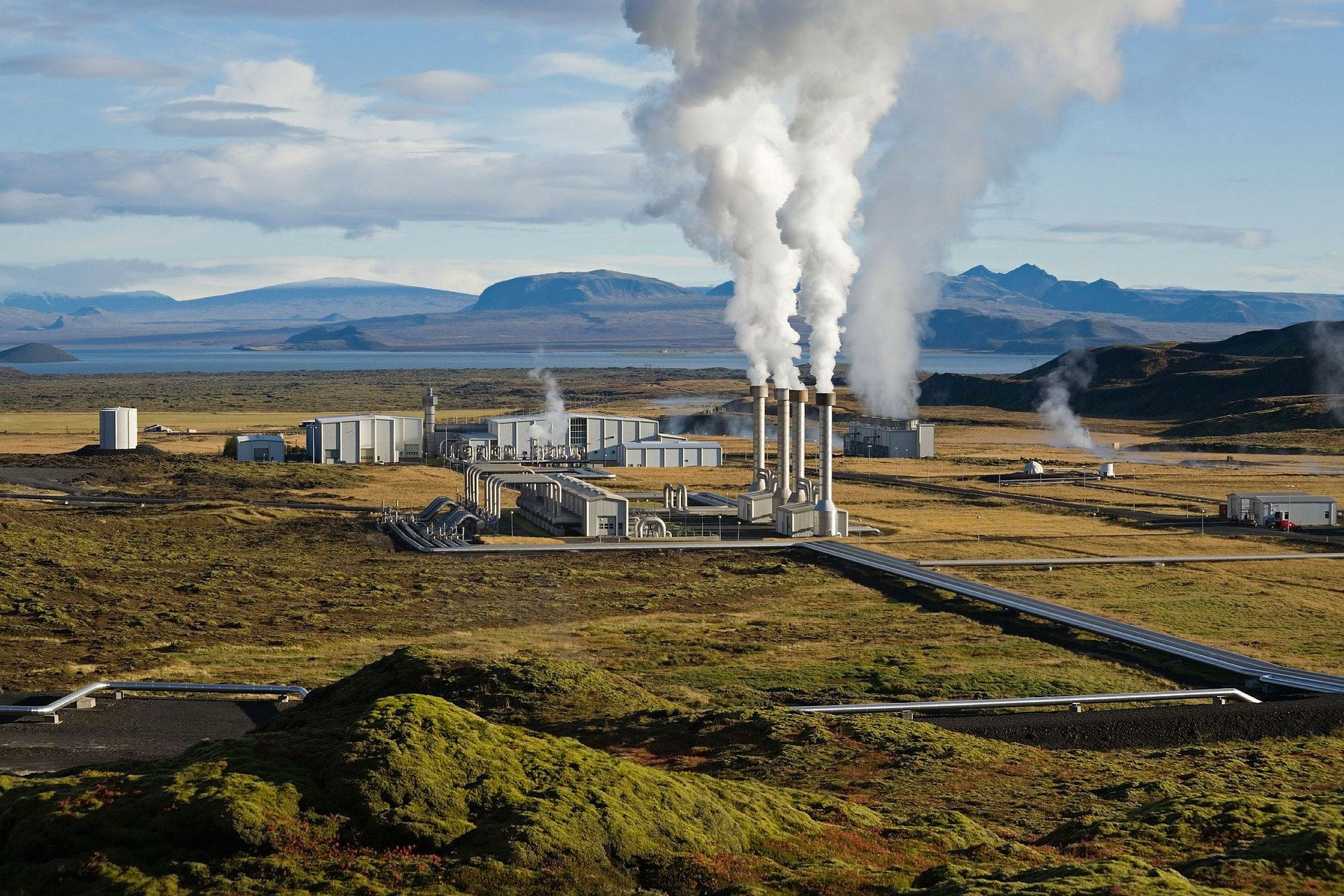
Australia has significant hot rock geothermal resources that could be used to produce super-heated water or steam suitable for baseload electricity generation.
While Birdsville is currently the only geothermal plant generating electricity, new low-temperature geothermal power plants are being built to supply small towns in outback Queensland, including Quilpie, Thargomindah, Normanton and Longreach.
As at December 2016, Australia had 40.9 megawatts thermal (MWth) of direct-use geothermal capacity that was either installed or in the final stages of commissioning, and an additional 197.4 MWth of total geoexchange capacity.
Hydro electricity sources

At August 2016, Australia had more than 100 operating hydroelectric power stations, with a total installed capacity of 8,018 MW.
These are typically located in the areas of highest rainfall and elevation, mostly in New South Wales, Tasmania and Victoria.
Pumped hydro for electricity storage is being examined at existing hydro installations and new sites. The Snowy 2.0 project is examining the feasibility of upgrading the pumped hydro capacity of the Snowy Mountains Scheme.
Future hydroelectricity projects using smaller off-river sites have the potential to provide decentralised, local energy storage.
Wind energy sources
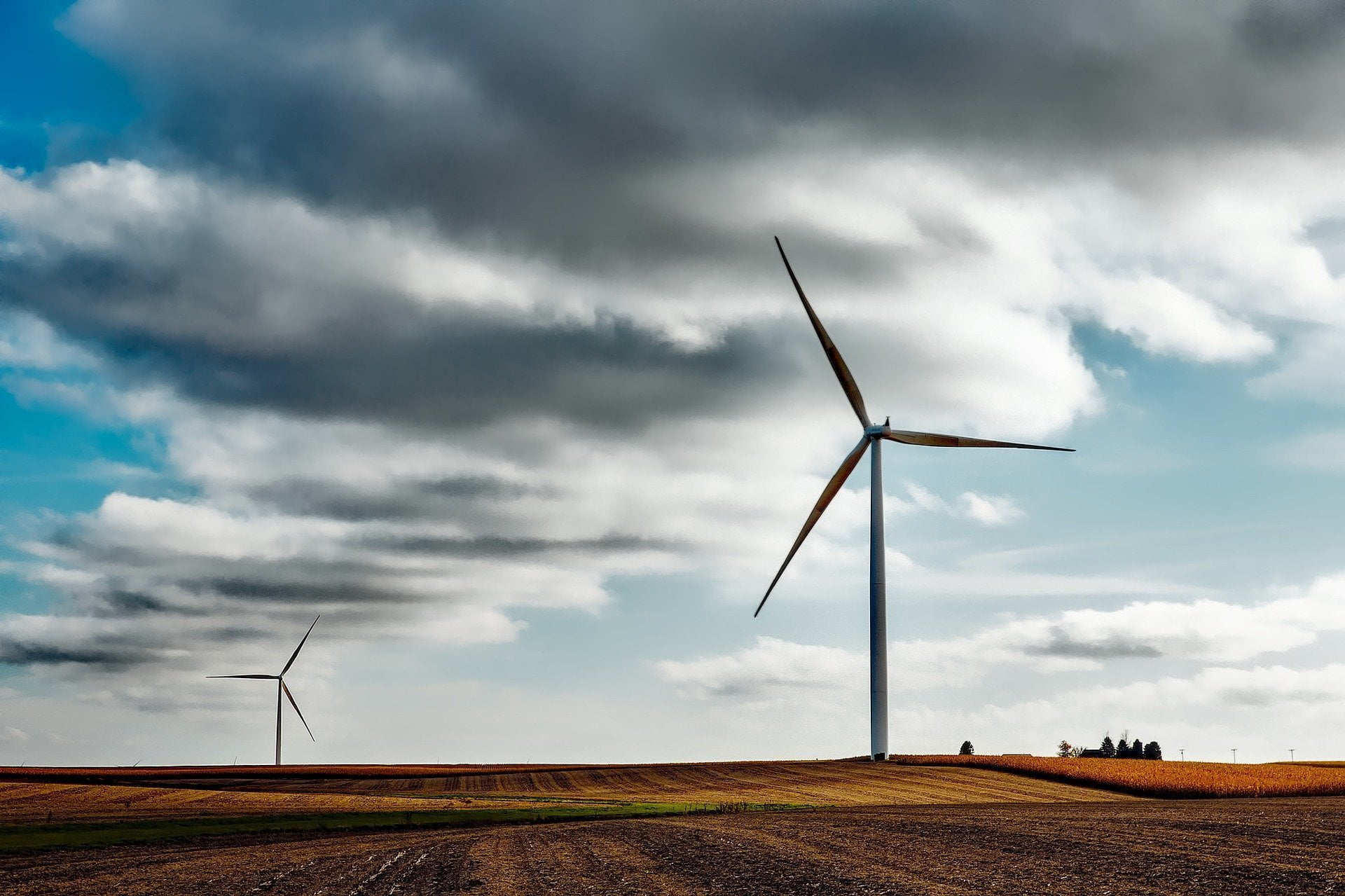
Australia has some of the best wind resources in the world, which are widely distributed across the continent.
Wind energy technology is relatively mature, and its uptake is growing quickly in Australia and is supported by government policies.
Australia had a total installed large scale wind generation capacity of 4,980 MW in December 2017. Since then, there has been a surge in investment, with almost 2.5 GW of wind large scale generation expected to be under construction during 2018.
Solar energy sources
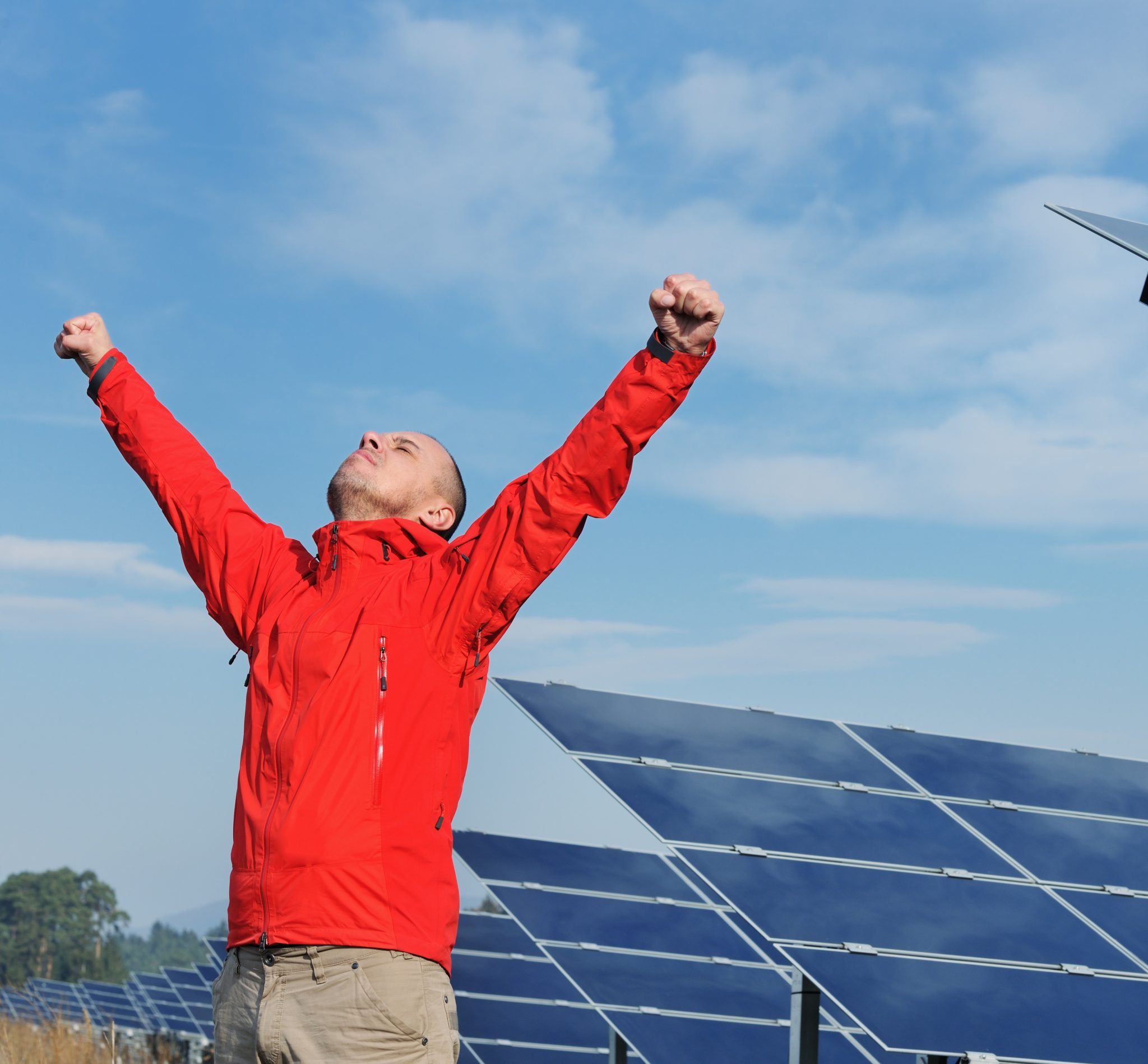
The solar resource is a vast potential source of energy. The Australian continent has the highest solar radiation per square metre of any continent in the world.
The total installed large-scale (>1 MW) solar electricity generation capacity in Australia is estimated at 310 MW by end of 2017. A total of 7,022 MW of small-scale rooftop solar PV capacity (up to 1 MW) had also been installed.
Following rapid falls in solar costs, over 2 GW of solar large scale capacity is expected to be under construction during 2018.
At current rates, small-scale solar PV capacity is expected to pass 8 GW during 2018. It is now cheaper to get electricity from the roof than from the grid for most reasonable payback periods.
The ocean
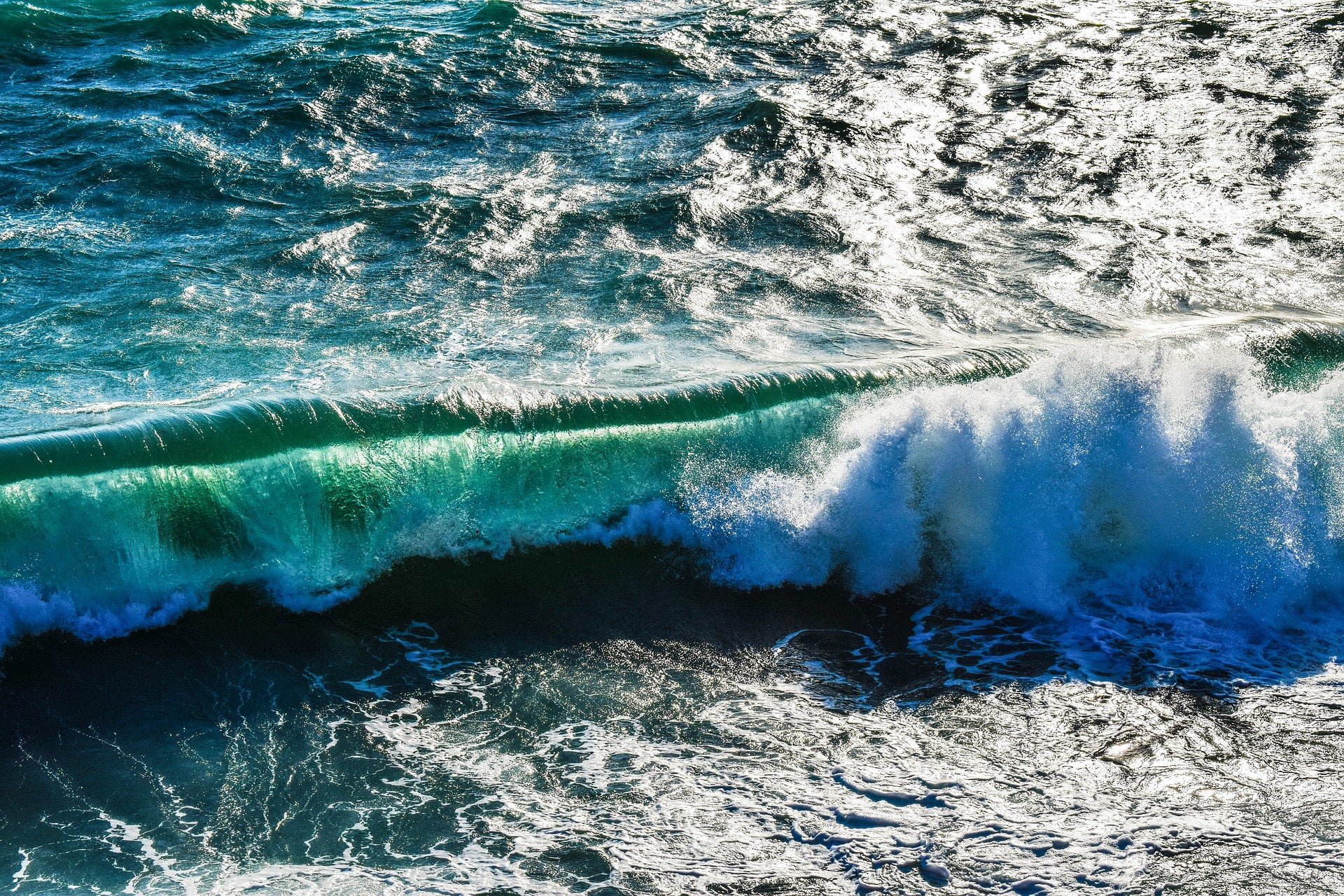
Australia also has good opportunities to exploit the ocean energy resource, which includes mechanical energy from the tides and waves, and thermal energy from the sun’s heat (ocean thermal).
These resources tend to be more predictable than wind and solar, and complement the seasonal availability of solar, in particular.
The best tidal energy resources are located along the northern margin of the continent, especially the north-west coast of Western Australia, and are largely removed from the major energy demand centres.
Australia also has a world-class wave energy resource along its western and southern coastlines.
The approximately 1 MW of ocean energy generation capacity currently installed is provided by a patchwork of wave and tidal stream pilot generation projects.
Most ocean energy technologies are relatively new, and still need to be proven in pilot and demonstration plants.
Currently, these technologies are significantly more expensive than other, more mature, forms of variable renewable energy – namely solar PV and wind.
Biomass energy sources
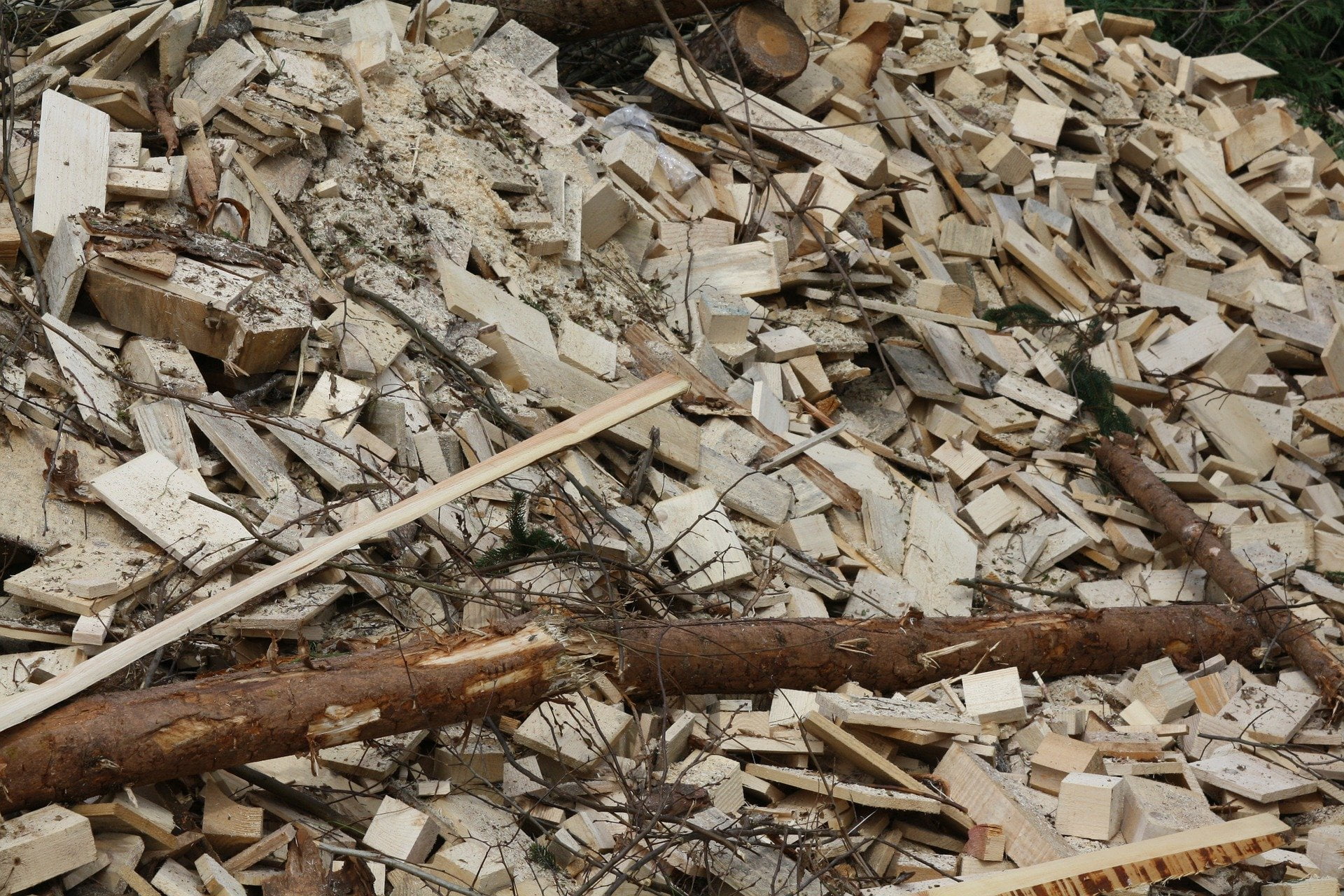
Bioenergy also has significant potential as an energy resource in Australia. Biomass can be used to generate electricity and heat, as well as liquid fuels for transport.
Currently, biomass for electricity generation in Australia is primarily from bagasse (sugarcane residue), wood waste, and gas from landfill and sewage facilities. As at November 2015, 812 MW of bioenergy generation capacity was installed, approximately 60 percent of which was from bagasse.
Commercialisation of advanced bioenergy technologies is likely to increase the range of resources, such as the non-edible (woody) parts of plants and, potentially, algae. These can be used to produce biofuels and heat, and generate electricity.
Non-renewable energy sources
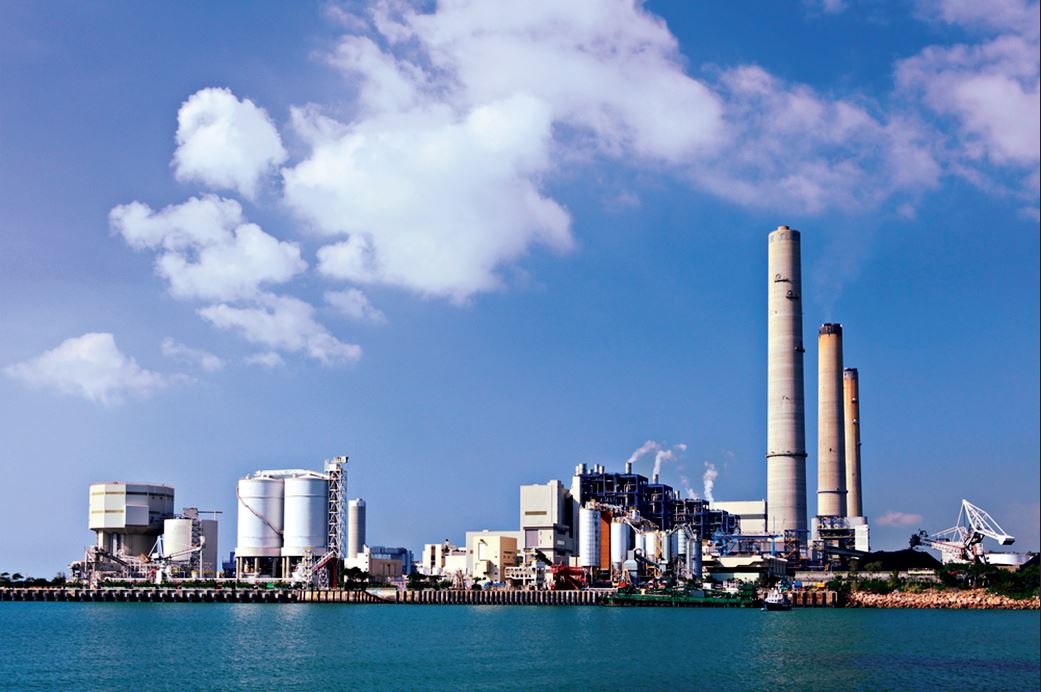
Australia has the world’s largest known uranium resources, the fourth largest black and brown coal resources and substantial gas resources.
On the downside, Australia is becoming increasingly more dependent on imports for transport fuel, with crude oil and petroleum gas being limited.














